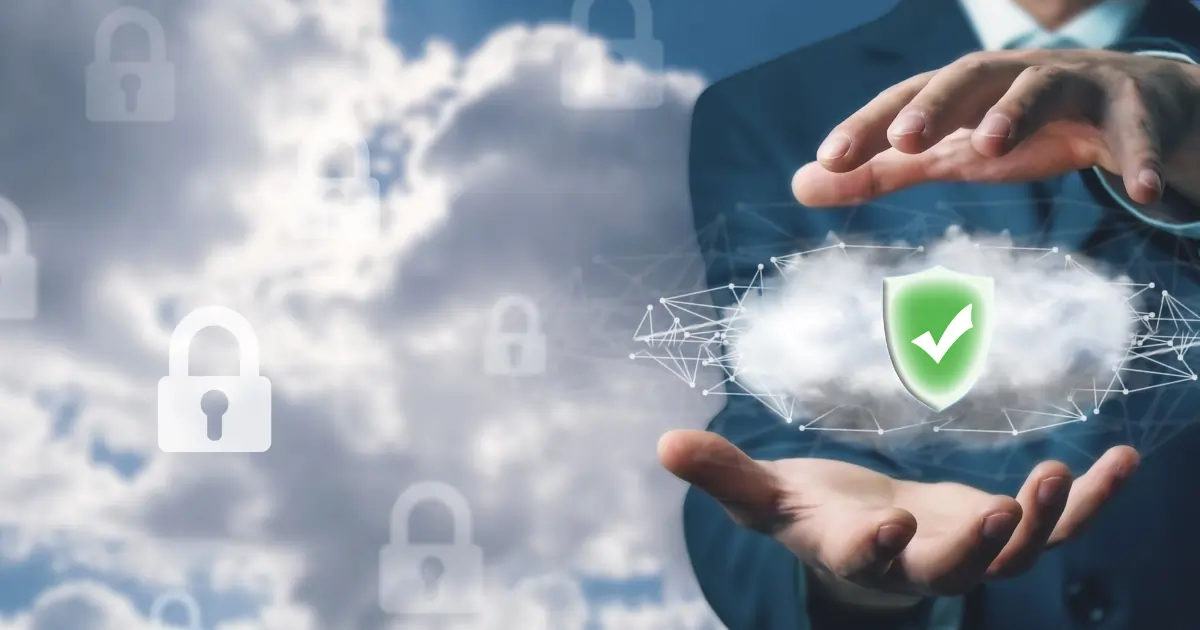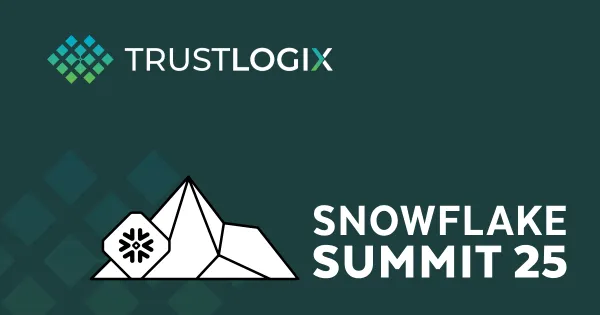Data Security Posture Monitoring covering CIS Snowflake Benchmarks and Other Best Practices


Under Snowflake’s Shared Responsibility Model, customers are accountable for securing how data is accessed, monitored, and protected within their environments. While Snowflake provides a secure foundation and has partnered with the Center for Internet Security (CIS) to define and promote best practices for securing Snowflake environments, each organization is responsible for implementing the necessary controls to maintain compliance, enforce least-privilege access, and reduce risk.
This blog post describes how TrustLogix helps organizations meet their responsibilities by delivering out-of-the-box monitoring policies aligned with CIS benchmarks. These policies cover key areas such as identity and access management, monitoring and alerting, network security, and data protection. In addition, TrustLogix provides extended controls to address shadow IT risks and evolving regulatory compliance requirements.
As a trusted Snowflake partner, TrustLogix strengthens customer data security with automated guardrails and real-time insights that enforce least-privilege access, detect risks, and support continuous compliance. Its DSPM capabilities help organizations discover risky access, reduce excessive privileges, and generate audit-ready evidence—so security and data teams can operate at scale. This frees data engineering teams to focus on their core projects and helps data consumers such as analysts, bots, and AI models access data faster and more securely.
Monitoring Policies covering CIS Benchmarks
The CIS Benchmarks for Snowflake offer a comprehensive set of recommendations to securely configure Snowflake environments across several critical areas:
- Identity and Access Management (IAM): Guidance on multi-factor authentication(MFA), password policies, least privilege access, and separation of duties.
- Monitoring, Auditing, and Logging: Provides directives on enabling activity logging, monitoring log data.
- Network Security: Recommendations such as, VPN access, IP whitelisting, and TLS encryption for data in transit.
- Data Protection: Covers encryption at rest, key management, database firewalls, and data masking controls.
Based on the Snowflake Shared Responsibility Model, customers are responsible for implementing security controls in each of the areas
- Identity and Access Management : Managing entitlements, separation of duties, maintaining least privileged access and MFA for end users is the customer's responsibility.
- Monitoring, Auditing and Logging : Customers are responsible for log review, analysis and integration with SIEM platforms.
- Network Security : Customers must manage their privateLinks, VPCs, whitelisting of IP addresses, and encryption in transit.
- Data Protection : Masking of sensitive data, enforcing appropriate row access policies, encryption of data at rest, key management, are owned by the customer.
TrustLogix has introduced out-of-the-box monitoring policies designed to strengthen security in alignment with CIS benchmarks. A break down of some of these policies by category is as follows:
1. Identity and Access Management
- Monitor nonmfa_users: Snowflake offers various mechanisms to enable and enforce MFA, but the policy tracks users without MFA enabled, helping to identify vulnerabilities from those relying solely on username and password.
- Monitor_MFA_state_change: Detects any changes in the MFA status, ensuring transitions are legitimate and authorized.
- Monitor_inactive_users: Monitor inactive users to prevent unauthorized access via dormant accounts and ensure compliance with standards like GDPR, SOX, and HIPAA.
- Monitor_unused_system_role_grants : Tracks users with unused high-level system roles (e.g., ACCOUNTADMIN, USERADMIN), helping to manage access and improve security, control database vulnerabilities, manage Regulatory frameworks (like GDPR or HIPAA)
- Detect_users_using_system_roles: Monitor users using highly privileged system roles,enforcing least privilege and protecting critical data.
- Monitor_system_roles_granted_as_default_roles: It tracks any default role assignments, alerting administrators to potential security gaps.
2. Monitoring and Alerting
- Monitor_security_and_storage_integration_modifications: Tracks changes to security and storage settings to ensure data confidentiality, integrity, and compliance. Improper changes could lead to data breaches, loss of access, or data exposure.
- Detect_Stale_Client_versions : identifies outdated client versions, ensuring that users have the latest security updates preventing unpatched vulnerabilities, missing bugs/fixes that could be exploited by attackers potentially allowing unauthorized
access to your Snowflake environment.
3. Network Security
- Detect_network_policy_modifications: Monitor changes to the network policies to prevent unauthorized access or disruptions to operations. Improper modifications could expose your Snowflake account to unauthorized access and compromise on meeting compliance standards.
4. Data Protection
- Control_data_retention_Settings: Manages data retention policies to ensure compliance with regulations and best practices, keeping data only as long as necessary and deleting it when no longer needed to reduce security risks.
- Unprotected Sensitive Data: Ensures data masking is enabled for sensitive information, preventing unauthorized sharing or exposure of critical data.
Some of the other monitoring policies that TrustLogix provides based on the CIS Benchmark are as follows :
TrustLogix Monitoring Policies Other than CIS Benchmarks
Beyond the CIS benchmarks, TrustLogix offers additional policies targeting Shadow IT risks and regulatory compliance. Here are a few notable examples:
- Monitor_login_requests_from_shadow_apps: Identifies logins from unapproved third-party apps (Shadow IT), reducing risks like data breaches, non-compliance, and exposure to malware or phishing attacks.
- Detect_password_based_logins_from_suspicious_ip_addresses: Detects password based logins from suspicious IP addresses to identify potential malicious activities such as brute force attacks, credential stuffing,
or unauthorized access attempts from unusual or blacklisted locations. - Monitor_users_with_old_passwords: Tracks users with outdated passwords to reduce vulnerabilities, as old passwords may be compromised or no longer meet current security standards.This reduces the risk of unauthorized access, credential-based attacks, and other security breaches.
- Monitor_ddl_operations: Monitors Data Definition Language (DDL) operations (CREATE, ALTER, DROP) to prevent unauthorized changes or data loss in the database schema.
Some of the other monitoring policies that TrustLogix provides are as follows :
Summary
TrustLogix's monitoring policies enhance Snowflake security by aligning with CIS benchmarks as well as by providing its own security best practices. These policies cover areas such as IAM, monitoring and alerting, network security, data protection, and additional risks such as logins from Shadow Apps / Suspicious IP’s, monitoring users with old passwords and DDL operations. By addressing these threats, organizations can strengthen defenses against emerging risks.
Through its partnership with Snowflake, TrustLogix helps enterprises securely manage data, ensure regulatory compliance, and accelerate data projects within the shared responsibility model. As a Data Security Posture Management vendor , Truslogix discovers and monitors data access and sharing activities, alerts to any unexpected data sharing, data exfiltration risks, and overly privileged roles, allowing security teams to manage business risks and avoid data breaches
Want to learn more?
Get a free data security assessment on your Snowflake accounts and secure sensitive data with TrustLogix’s out-of-the-box monitoring policies. Register for free 90-day data protection service.
Stay in the Know
Subscribe to Our Blog






